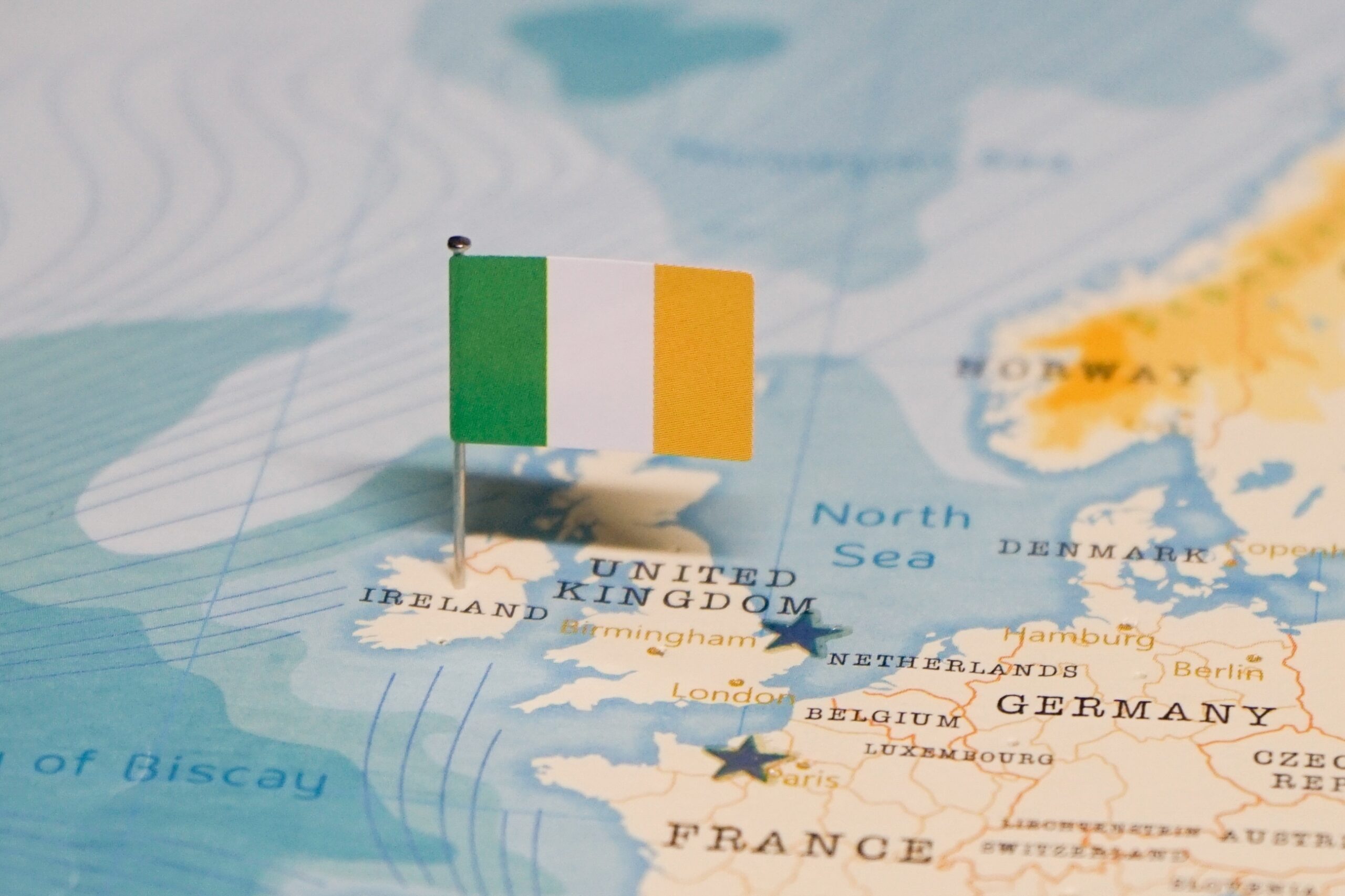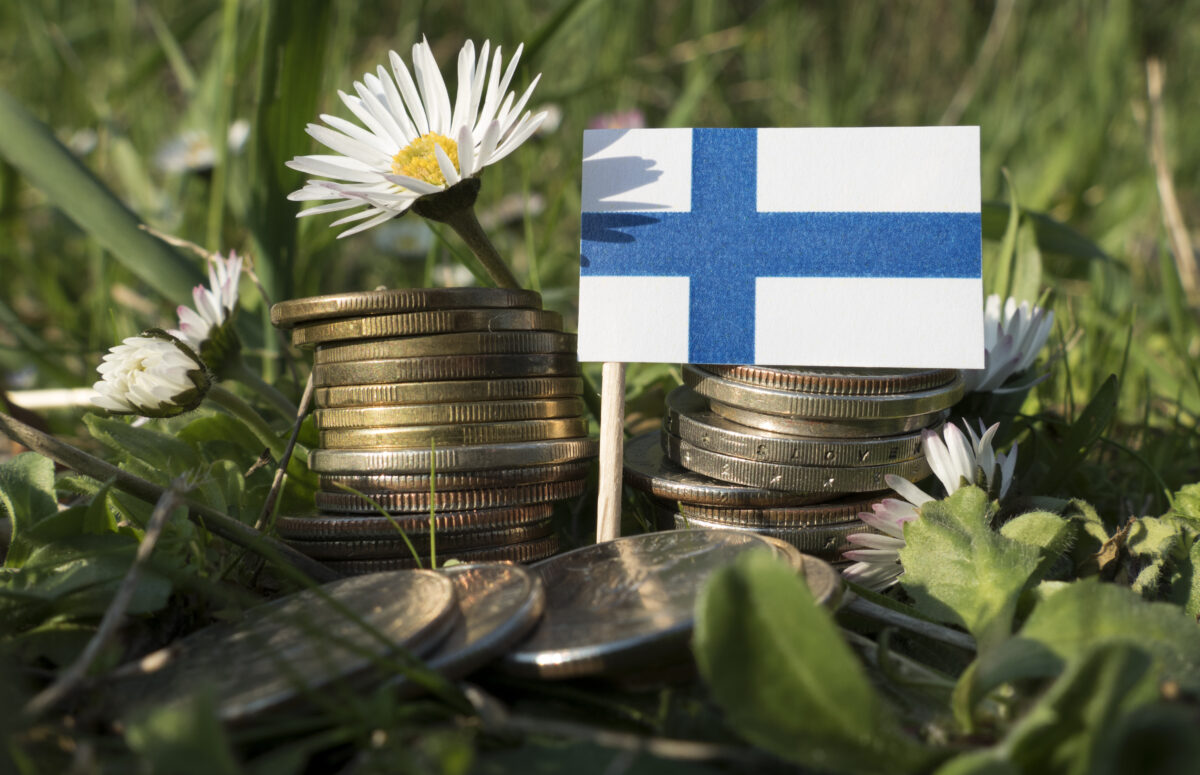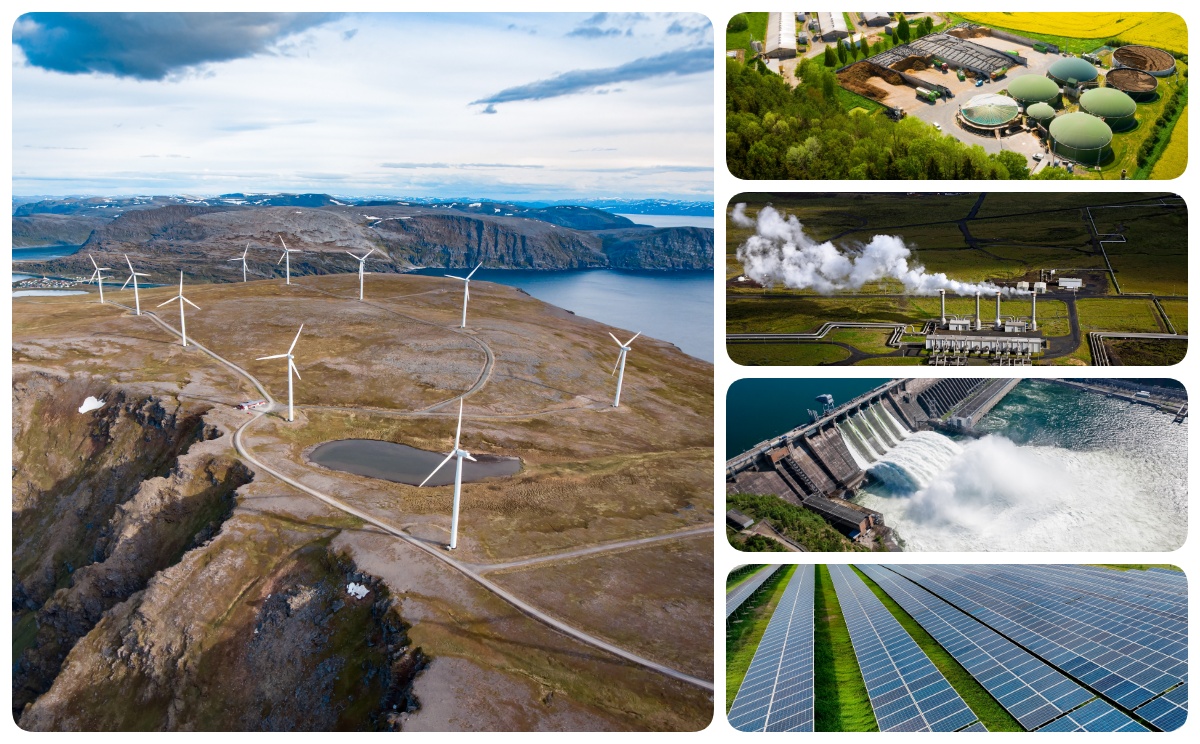No one would call Ireland a leader when it comes to renewable energy sources, including wind energy. In the Climate Change Performance Index, this small island ranked 46th out of 64 countries, which means that Ireland has not yet reached a certain level of sustainable energy. Having said that, the country is doing everything to go higher in that ranking and is implementing various plans and programs in the field of energy transition.
Wind energy is without a doubt Irelands’ largest contributing form of renewable energy. The island is perfectly positioned: surrounded by the Atlantic Ocean, the country is known for being very windy. That, combined with the mountainous landscape, which is important when it comes to installing wind turbines, makes Irelands’ conditions perfect for harvesting energy from wind. As of right now, Ireland has more than 300 wind farms, which have a capacity of 4332,5 megawatts and what’s more important, the country has an amazing potential when it comes to wind electricity.
One of the most important factors surely will be small wind turbines, which can generate clean energy for households and companies. What does financial support for SWTs look like in Ireland?
Types of Financial Support
Financing for wind energy, including small wind turbines, is crucial for Ireland, considering its lack of any fossil fuel resources. On the other hand this island has extremely good wind conditions, which allows for a big opportunity of generating a substantial amount of electricity from wind turbines. Up until recently, small-scale wind turbines haven’t been largely popular in Ireland. The big obstacles were for sure the pretty unclear economics of these types of installations. Right now the Irish government plans to change that with the help of financial support for SWTs.
Wind Turbine Grants
Irish residents can apply for The Community Grant program, which supports new ways of using renewable sources and achieving energy independence in Irish households and businesses. The offer invites homeowners, communities, private organizations, and public sector bodies to apply for grants. The program supports building and technology upgrades and integration of renewable energy sources. A specific amount of possible financial support is presented after delivering an application.
Are you interested in wind turbine grants? Contact us to evaluate wind potential in your area.
Payment for Excess Renewable Electricity
Irish residents interested in investing in small wind turbines can count on additional profit. The Clean Export Guarantee (CEG) offers a special tariff, which provides an opportunity for households and companies with micro- or small-scale generators to get payment for all the excess energy produced by their small wind turbine, which is exported to the grid.
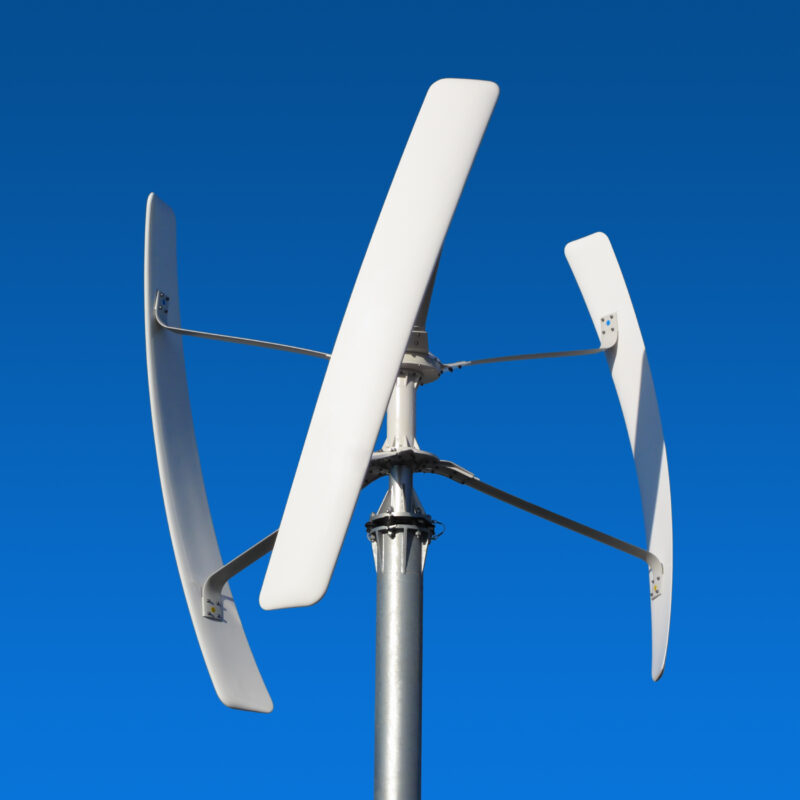
Financing and Loans
Ireland has started a loan scheme for homeowners looking for financial help with upgrading their homes and making them more energy efficient. The Irish government plans to spend 500 million euros on this project. Residents who are interested in getting a loan can borrow between 5000 and 75 000 euro for terms of up to 10 years.
Ireland can also count on EU industry subsidies called Public Service Obligations, which support the development of wind generation, as well as other renewable energy sources.
Financial Benefits of Small Wind Turbines
There are a few ways in which small wind turbines can benefit our households or business finances. First of all, SWTs can obviously cut our energy costs. Once your turbine is installed, wind power is virtually free, and even a small rooftop unit can lead to significant long-term savings on electricity bills.
Second of all, you can generate income thanks to your wind turbine installation. Any excess electricity your system produces can be sold back to the grid, providing an additional revenue stream. What’s more, residential wind turbines can shield you from rising energy costs. With energy prices increasing, owning your own source of power can help protect you from future rate hikes.
Return on Investment (ROI)
A small wind energy system typically lasts around 20 years, but with regular wind turbine maintenance, some have been known to operate effectively for 50 to 60 years. In the right conditions, these systems can recoup their initial investment within 10 to 20 years. Achieving this payback period depends on factors such as available tax incentives, the quality of local wind resources, and the retail electricity rates from your utility provider.
Best Places for SWTs
Residential wind power is feasible for properties that meet specific conditions. In general, the location needs to be windy, rural, and have high energy consumption.
windy regions: for wind power to be effective, you need a location with consistent, strong winds. Ideally, your property should have average wind speeds of at least 4.5–5 meters per second or higher for optimal power generation. You can start by checking wind maps of your area, which show average wind speeds by region, and consult a professional turbine installer to assess whether your site has enough wind to significantly lower your energy costs.
Get a free site feasibility survey to assess your site’s potential, expected returns, and the incentives you can benefit from. Register here for more information.
rural areas: rural parts of the country are more suitable for wind turbines because they typically mean open spaces without tall architecture or trees that could obstruct the wind. For effective energy generation, a turbine should be at least 10 meters higher than anything nearby.
high energy demand: small wind turbines are most beneficial for large properties that consume significant amounts of electricity. Wind power is often a better fit for homes with particularly high electricity bills.
Additional Considerations
To create a realistic budget for installing a residential wind turbine, homeowners need to consider several key factors and consult with a professional installer. The size of the turbine, the location of the installation, and the cost of ongoing maintenance are all important elements that can impact both the initial and long-term expenses. While national averages provide a general guideline, it’s also essential to account for local variations in labor and material costs to develop a more accurate estimate.
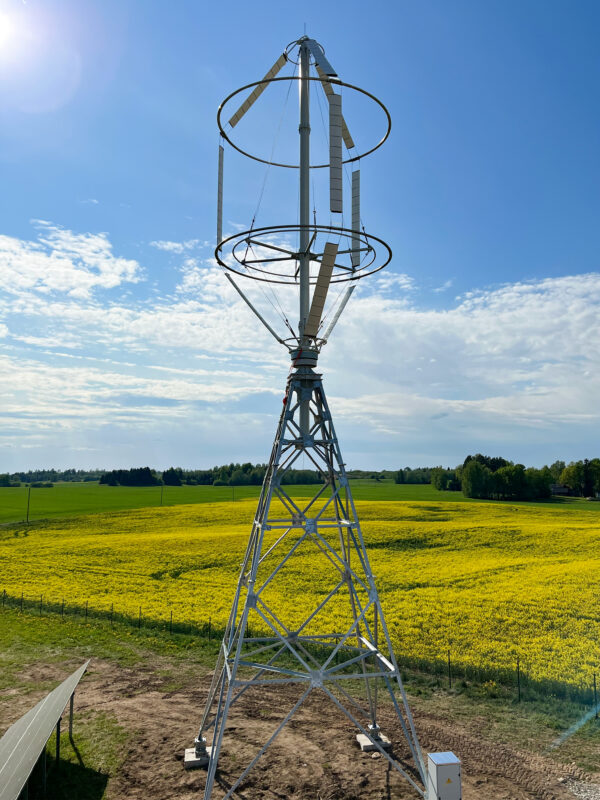
Costs of Installation and Maintenance
Installation of a residential small wind turbine in Ireland depends on:
– turbine size
– locations
– installation complexity
Usually, a typical small wind turbine with 1 kW-10 kW power output can cost from 3000 to 20 000 euros.
To keep wind turbines running efficiently and extend their lifespan, regular maintenance is essential. This usually involves cleaning the components and checking for any signs of wear or damage. Over time, parts like bearings, gears, or blades might need to be replaced to maintain performance and minimize noise.
The annual upkeep cost of a wind turbine depends largely on its size and type. Smaller, roof-mounted turbines tend to have lower maintenance expenses, while larger, standalone systems can require a more significant investment.
Interested in wind energy but don’t know which one will be the best for you? Let us help you with a free site feasibility survey to analize your potential and guide you through the process. Contact us for more details.
Impact of Wind Technology on the Environment
The environmental benefits of wind energy are considerable on both global and national levels, but it’s of course local impacts that are of the most concern. If a small wind turbine is not installed appropriately, it can pose risks to bird populations and damage their habitats. Ecologists usually support the expansion of wind power, both offshore wind farms and those onshore, as long as sufficient efforts are made to minimize harm to birds. This involves careful planning, and avoiding areas with major migration routes or key habitats. However, with the development of new technologies such as soft blades in Freen-20, small wind turbines become a solution to generate wind power without destroying the wildlife.
Similarly, wind turbines can also negatively affect bat populations. Before a wind project begins, the location should be assessed for risks to bats, and measures taken to reduce these risks, such as ensuring turbines are placed a safe distance from hedgerows and trees.
These concerns don’t change the fact that the impact of wind energy on the environment is widely positive. Reduction of greenhouse emissions has an impact on all forms of life, which is why, with the proper precautions, wind turbines have a very positive impact.
The Future of Wind Energy in Ireland
Is wind energy efficient in Ireland? It’s very obvious that this country has not yet reached its full potential when it comes to wind technology. According to the studies, the wind energy resource in Ireland is four times bigger than the average in Europe. It shows that with the right economic conditions and turbine finance Ireland can become a leader in the wind energy market in Europe.
Fortunately, the situation in Ireland is changing very fast. Wind Energy Ireland announced that wind generation in the country hit the highest on record for the month of August 2024. In total 1,068 gigawatt-hours (Gwh) were produced, an increase of 3% compared to the previous record. Considering Ireland is at the forefront of Atlantic jet streams, this country may surprise all of Europe with its results when it comes to wind turbine energy.


